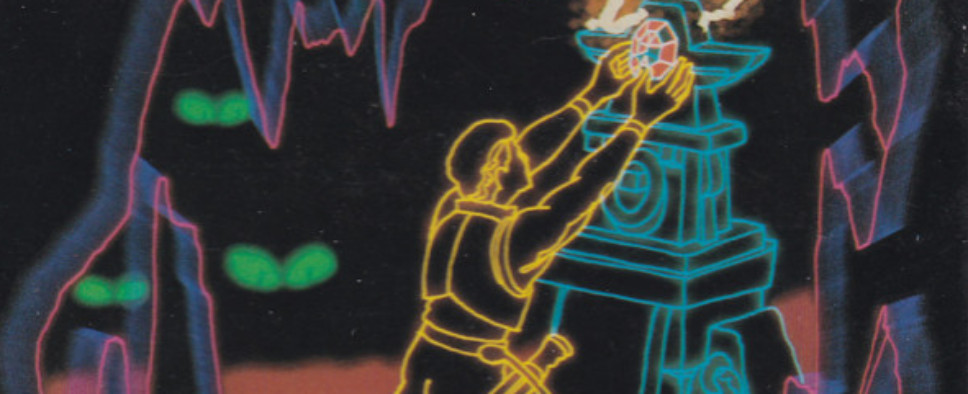Roguelikes and Going Mainstream - History of RPGs
-
Category: News ArchiveHits: 1106

The latest article in USgamer's ongoing “History of RPGs” series is dedicated to the roguelike sub-genre of RPGs. Although instead of sharing some insights about the development and legacy of the eponymous Rogue, the article mostly talks about various Japanese attempts to make roguelikes more console and user-friendly, which can be seen as ground zero for the popular these days “roguelite” gameplay mechanics.
A few sample paragraphs:
Making the "Dragon Quest of Roguelikes"
Chunsoft wasn't the first developer to have come up with the notion of a console adaptation of Rogue. Sega had made its own attempt to bring the roguelike to its Genesis (also known as Mega Drive) console in 1990 with a game called Fatal Labyrinth. A simplistic take on the genre, Fatal Labyrinth's format appears to have been a pragmatic choice by Sega to produce a role-playing title for their Japanese Meganet distribution service. As a downloadable game distributed in the days before broadband and expansive rewritable memory options, Fatal Labyrinth's procedural design and lack of any real built-in narrative allowed the game to offer expansive play value despite being contained in a tiny amount of memory space; this in turn reflects Rogue’s own design, which lacked graphics simply because it was created for play on shared text-only terminals. However, both Fatal Labyrinth and Dragon Crystal (its 8-bit downconversion for Master System and Game Gear) lacked the depth of a proper computer roguelike and failed to make much of an impression on gamers.
Nakamura, on the other hand, wanted to capture the substance of true roguelikes for consoles in a way Fatal Labyrinth had failed to achieve. He and his team decided to take a literal approach to “doing for roguelikes what Dragon Quest had done for RPGs” by making his roguelike an actual spinoff of the Dragon Quest series. Although Chunsoft was wrapping work on the fifth Dragon Quest chapter around this time, series lead Yuji Horii recommended they look back to the series' final 8-bit entry for inspiration: Dragon Quest 4.
The end result was a game whose protagonist was as unlikely as the prospect of transforming a genre geared toward hardcore PC gaming fanatics into something true to the genre while simultaneously being accessible to a young, casual console audience. Called Torneko no Daibouken: Fushigi no Dungeon (Torneko's Big Adventure: The Dungeon of Mystery), Chunsoft's interpretation of the roguelike retained key genre elements like item identification, procedural dungeon generation and item placement, and permanent character "death." But it starred one of Dragon Quest 4's most charismatic side characters, a portly middle-aged merchant whose efforts to support his family by running a humble weapons shop caused him to become swept up into a grand quest to save humanity.

